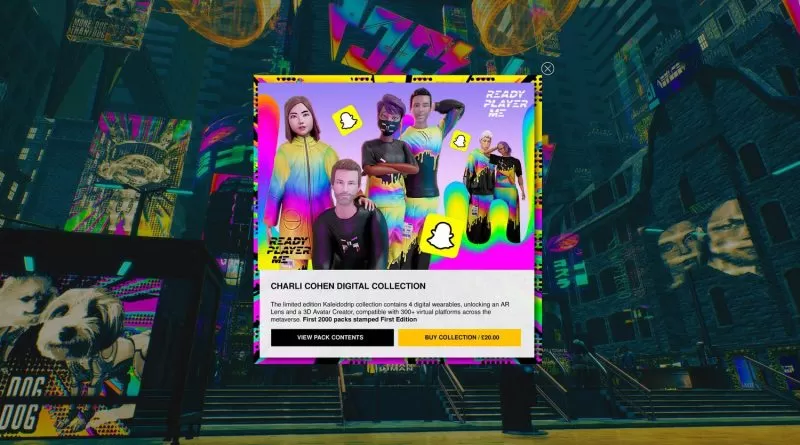The Gateway to the Metaverse Isn’t Gaming, it’s AR
As corporations strive to make their claim in the metaverse, many are left wondering: what is the quickest and best way into this digital house – gaming or virtual reality (VR)? Here’s why the latter is most likely the only option. The excitement in the metaverse continues to spread at a rapid pace, accompanied by the notion that gaming and its related platforms, such as Roblox and Decentraland, are the keys to unlocking this truly forward-thinking, innovation-driven new digital frontier. There’s no denying that gaming has entered the mainstream, and these platforms will undoubtedly play a significant role in our journey down the metaverse rabbit hole. However, relying solely on these bright new platforms exposes manufacturers to overlooking one more know-how – one that is already established in our culture and rapidly expanding: augmented reality (AR).
AR already has an advantage over gaming: in addition to its growing popularity, its familiarity is well-established, with many customers having already integrated this technology into their daily life. Furthermore, having a reduced barrier to entry because of a wide range of entry options encompassing social platforms, native apps, and browser-based experiences, utilizing AR as a building block to prepare for and enter the metaverse could be a straightforward and user-friendly course.
The recent purchase of WebAR platform 8th Wall by real-world mappers Niantic is the clearest indication yet that AR is on its way to becoming a metaverse fixture. With Niantic developing the world’s most precise 3D map of the planet, rich graphics can now be overlaid onto our physical world, allowing us to view the metaverse as it’s built around us rather than relying on access via native gaming platforms. These images can be superimposed instantly and triggered effortlessly for optimum immersion thanks to 5G, cloud computing, and WebAR accessibility.
When we combine the possibilities of AR with other basic metaverse pillars like avatars, non-fungible tokens (NFTs), and gaming itself, things get extremely fascinating. Personalized interactive avatars, such as those from Ready Player Me, can now be effortlessly integrated into AR experiences, as Charli Cohen and Selfridges recently demonstrated with their Electric/City ‘brandiverse’ activation, which launched the designer’s new collection. Avatar integration, when used as a medium for individual expression in a digital area, is critical in shifting the perception of AR from a simple smartphone experience to the gateway leading to a customizable virtual world in which users can participate.
This gateway status is reinforced when we consider the potential of AR as a tool for viewing and experiencing NFTs. AR manifestations of NFTs, ranging from artwork and digital items to one-of-a-kind volumetrically captured performances and virtual concert leftovers, will serve to bridge the gap between web3 and users’ actual environs. AR adds value and an extra degree of engagement in this case, elevating blockchain activations to something more palpable by utilizing a more recognizable technology.
Gamified AR, especially multiplayer AR, can also serve as an effective metaverse introduction. The revolutionary Connected Lens from Snapchat and Lego is a wonderful example, allowing users to connect and play the same game in a shared virtual world even if they are not physically together. This networked game strategy also works well when utilizing a shared physical location. At Wembley Stadium, EE’s multiplayer AR foosball activation allowed fans in the stands to compete for a one-on-one on the stadium’s historic pitch, with both players experiencing the same games from their unique views via their phone screens.




